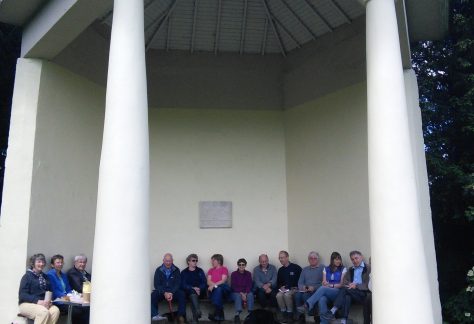Relive Georgian Life in Olney.
Quick Links
Upcoming Events
May 02, 2024
Refreshments in the CourtyardRepeating Event
Cowper & Newton Museum
Orchard Side, Market Place, Olney, Buckinghamshire, MK46 4AJ
May 05, 2024
Guided Walk to William Cowper’s Alcove
Cowper & Newton Museum
Orchard Side, Market Place, Olney, Buckinghamshire, MK46 4AJ
May 16, 2024
Refreshments in the CourtyardRepeating Event
Cowper & Newton Museum
Orchard Side, Market Place, Olney, Buckinghamshire, MK46 4AJ
May 25, 2024
Museum Guided Tour
Cowper & Newton Museum
Orchard Side, Market Place, Olney, Buckinghamshire, MK46 4AJ
May 30, 2024
Refreshments in the CourtyardRepeating Event
Cowper & Newton Museum
Orchard Side, Market Place, Olney, Buckinghamshire, MK46 4AJ




